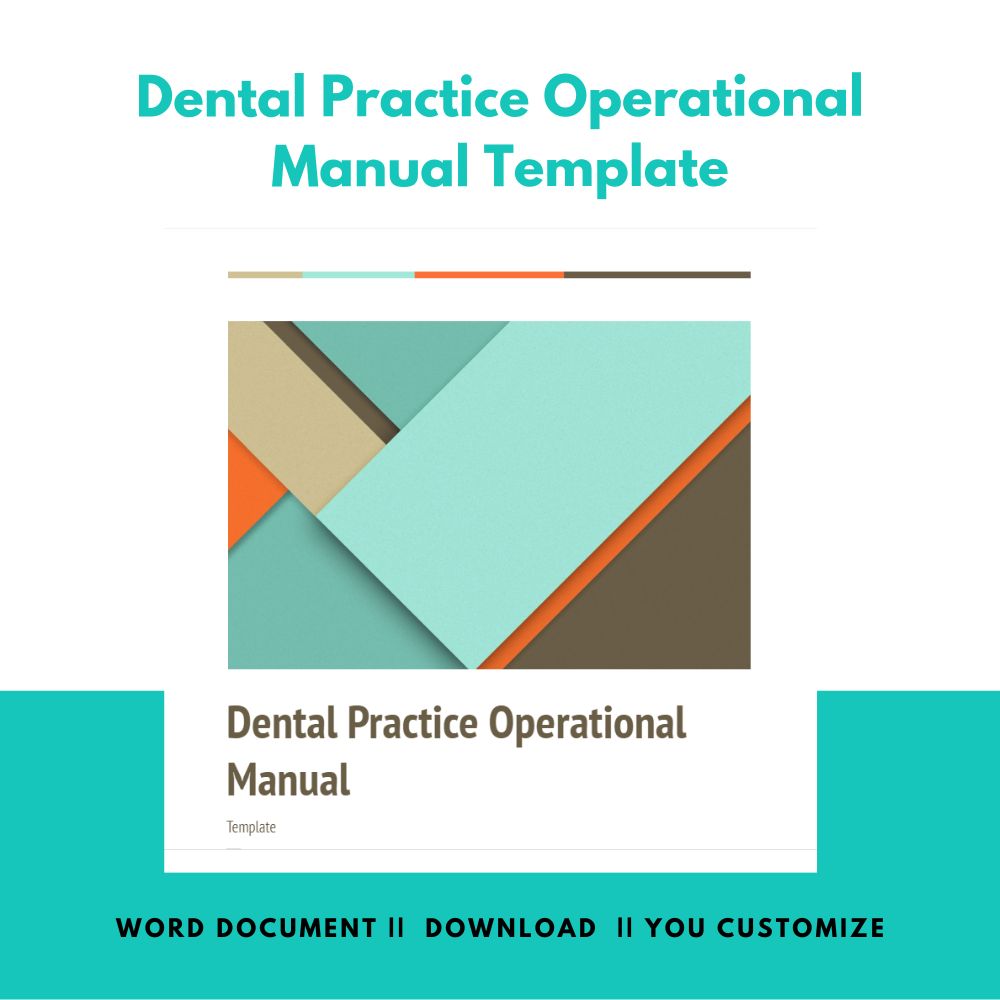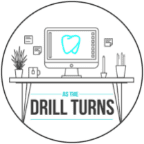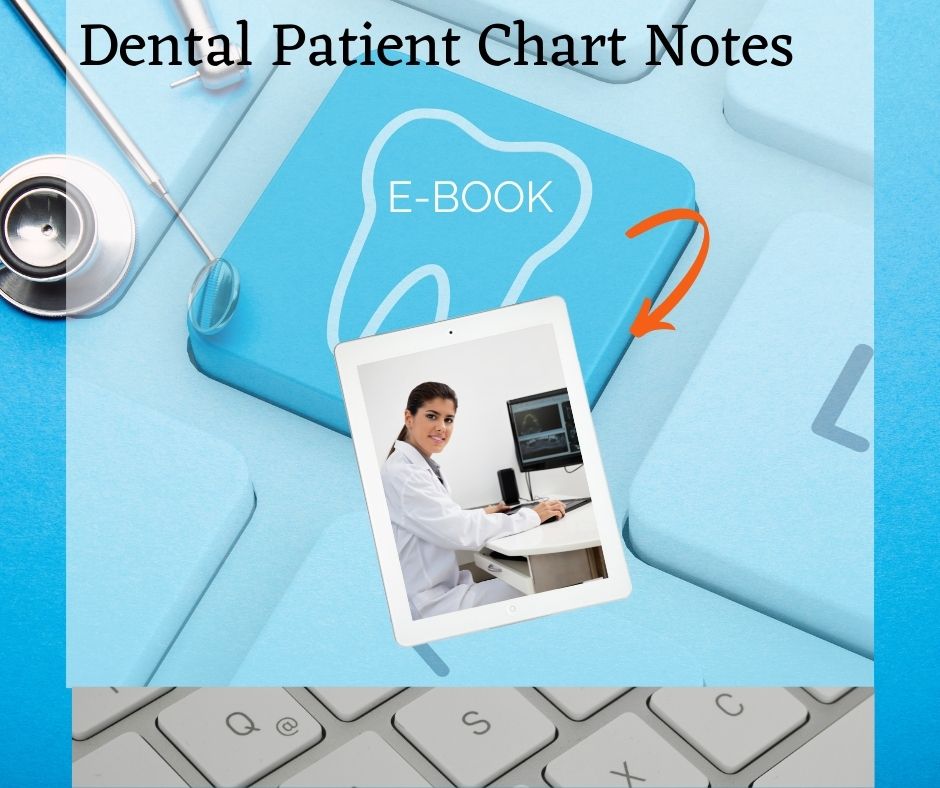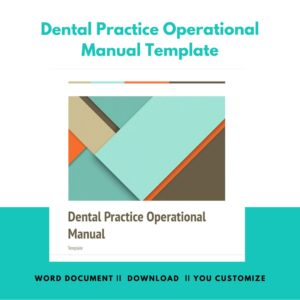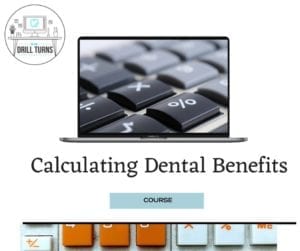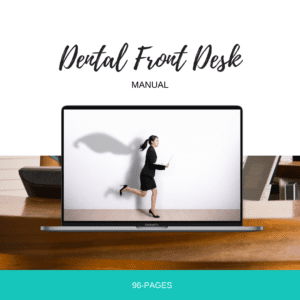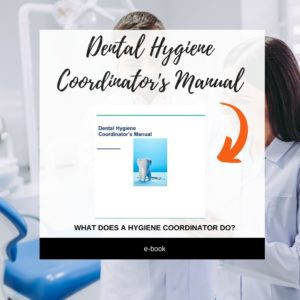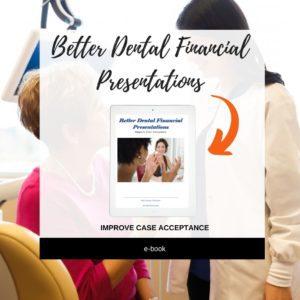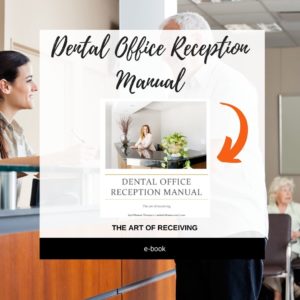Strong Dental Insurance Narratives and Reports
Strong dental insurance narratives means money in the bank. Faster! And who doesn’t want that?
Now imagine your team fully equipped with all the knowledge and tools they need to get your claims paid within 30 days! No more waiting for the denials or requests for additional information. If they even show up!
What You Need to Know
Let’s keep it super simple and break it down. Not all procedure codes require a narrative for payment. So, it helps to know that first.
Secondly, the team needs a format to follow for narratives by procedure. As well as patient chart notes that provide them with all the information they need. Ready? Let’s move on!
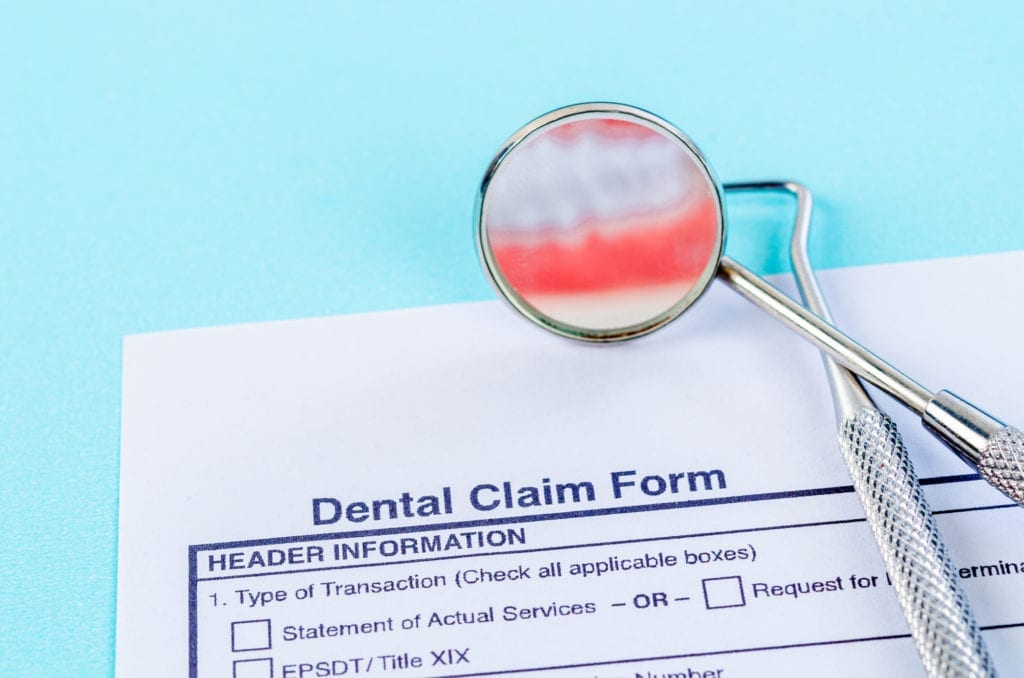
Procedure Codes That Require a Narrative
Some Help for Your Team
Create a list of procedure codes for your practice. A standard list of procedure codes to guide the team in claim submission. Because our goal is payment on initial submission. So, let’s lead our team in the process.
Here are some examples of CDT codes that may require a narrative or report from Blue Cross of Idaho. Additionally, there are other circumstances to consider.
For example, a tooth may require more than one restoration due to decay in different spots on that tooth. Additionally, those areas may not touch.
So, the dental practice submits a claim for two fillings on one tooth. This is case to consider a narrative with the claim submission.
Download This Dental Insurance Training Video With Your Dental Practice Operations Manual - To Help Your Team Understand Just What Dental Insurance Is - PPO? HMO ? Indemnity Plans? Discount Plans?
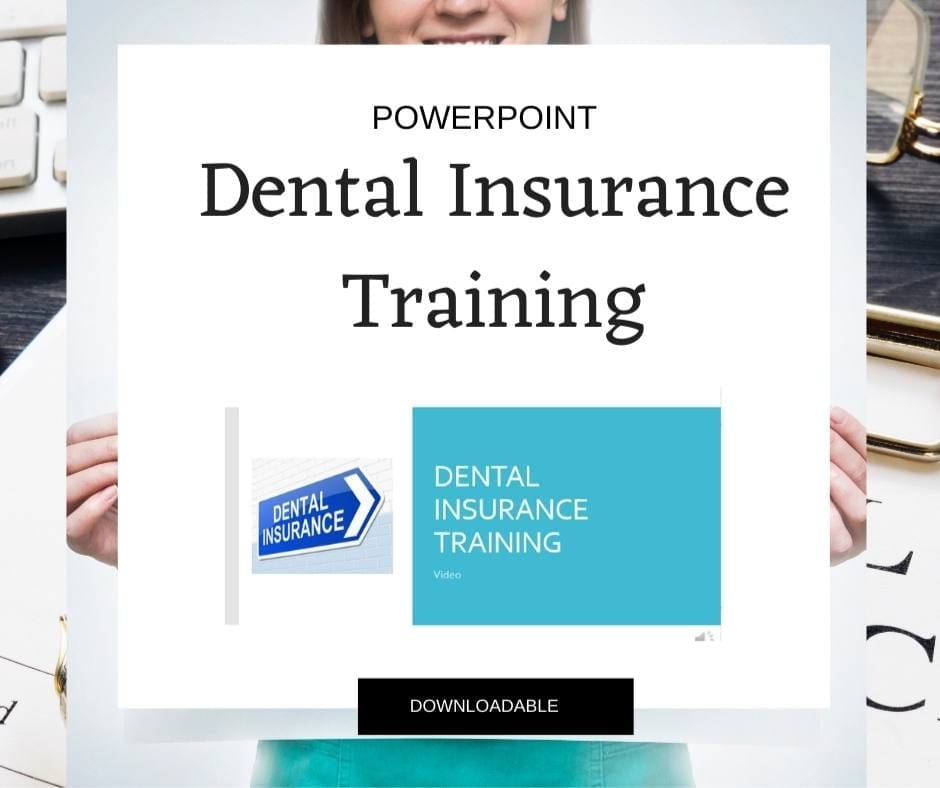
Strong Dental Insurance Narratives by Example
Let’s consider a tooth with two separate restorations. An example of this narrative is “composite placed in distal occlusal pit. A separate composite restoration placed in mesial occlusal pit. Restorations do not touch or connect. Please reimburse as two separate restorations”.
Here is an example for an occlusal guard narrative. “To treat bruxism due to grinding at night. Patient describes jaw pain upon waking”.
Crown build-up is sometimes a separate benefit under a dental plan. And other dental insurance companies consider the buildup as part of the crown. It pays to know this information when asking for your patient copay. However, I prefer to bill each and every crown buildup and crown exactly the same. And that includes a narrative. For the crown build-up I say something like “more than half of this tooth structure is missing. buildup required for crown retention”. Be sure to include initial placement date if this is a replacement crown. Or the estimated initial placement date if no exact date is available.
Detailed Chart Notes Are a Must
Attach the patient chart notes to their dental claim. The chart notes are legal medical documents and hold all the information this claim needs. The patient chart notes also give detailed history and documentation of prior treatment. Print a perio chart when appropriate (such as with surgical and periodontal procedures). And all pertinent x-rays and photos to help support your patient’s claim.
Strong Dental Insurance Narratives How To:
How does this patient’s tooth work and hold up as they present for treatment? Describe the patient’s problem and inability to function with the tooth or teeth. Avoid words that describe how the tooth or teeth appear. Remember, the dental insurance representative looks for a reason to deny a claim. So, we must be sure we provide only reasons to pay the claim.
Decay is a word you will use repeatedly. Decayed surfaces, decayed margins, open margins, and fractured teeth are words that bring insurance benefits. However, erosion, attrition, abrasion, and abfraction are more likely to cause a claim denial. Not that I recommend false reporting by any means. These are just some things to know!
Document Your Process
It’s okay to use a narrative template. But also make each narrative unique. Keep the narrative short and sweet but detailed and informative. Use the words that provide the claim’s processor with the information they need. This will get the dental practice paid sooner. And again, I highly recommend attaching the chart note. Just be sure to write in section #35 on your claim that narrative is attached.
Dental claims, billing and follow-up are not difficult tasks. They do require attention to detail and consistency. Put the work in before you send the claim. This will save everyone on the team the headaches that come when a claim goes unpaid. A delay of payment is a problem for the entire business. It also creates more work for the administrative team. And can cause unnecessary strain in your patient relationship as well.
